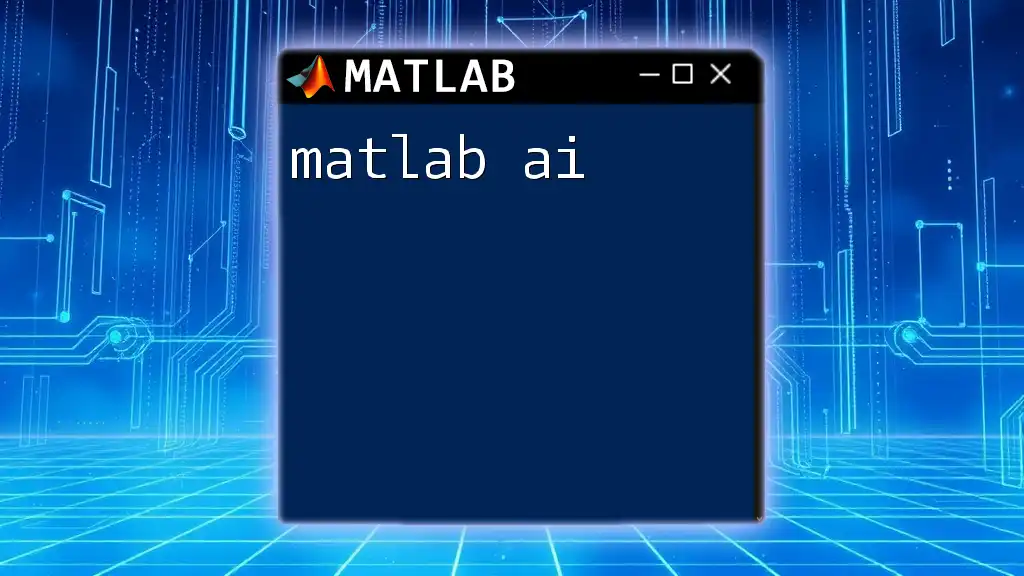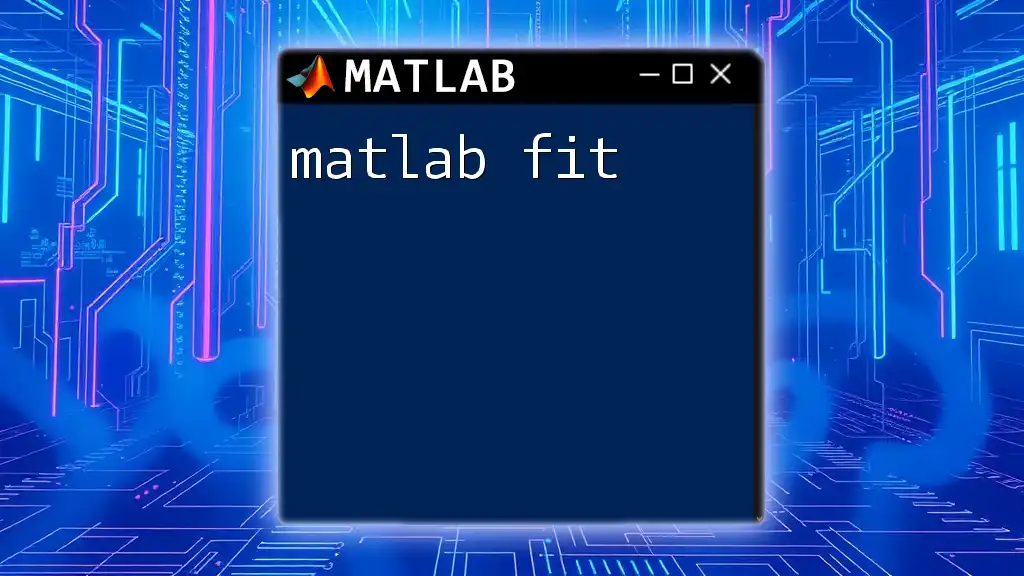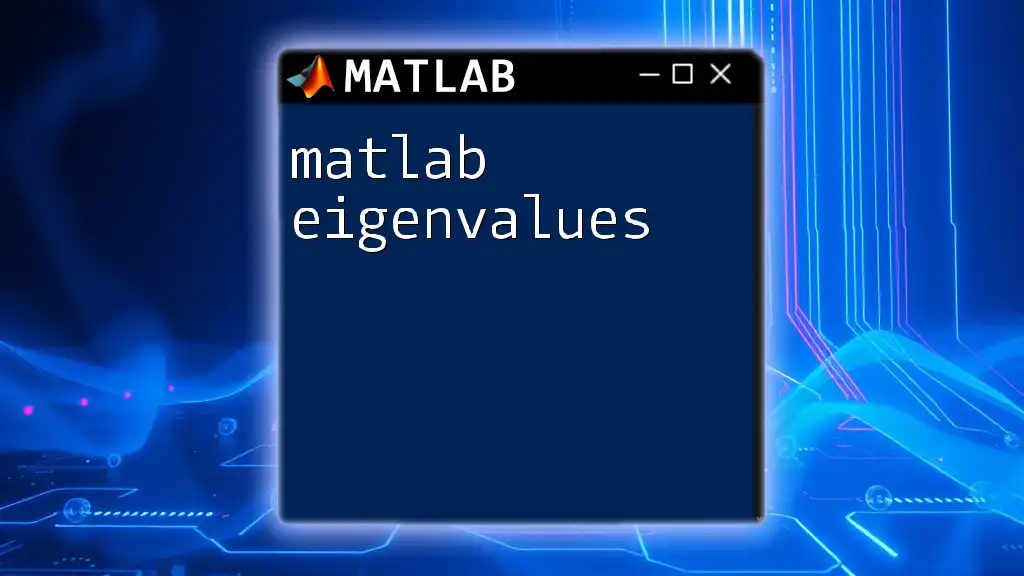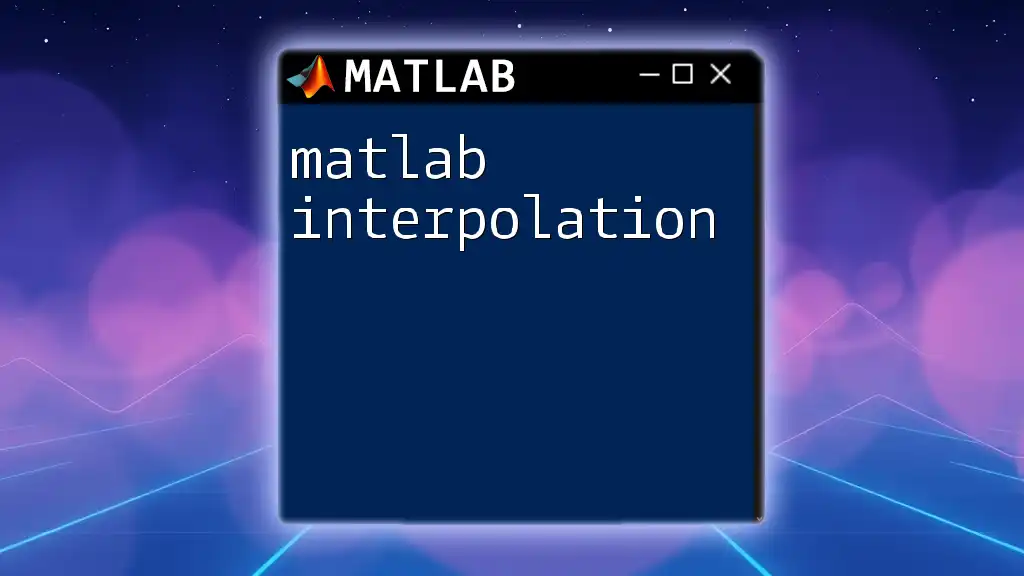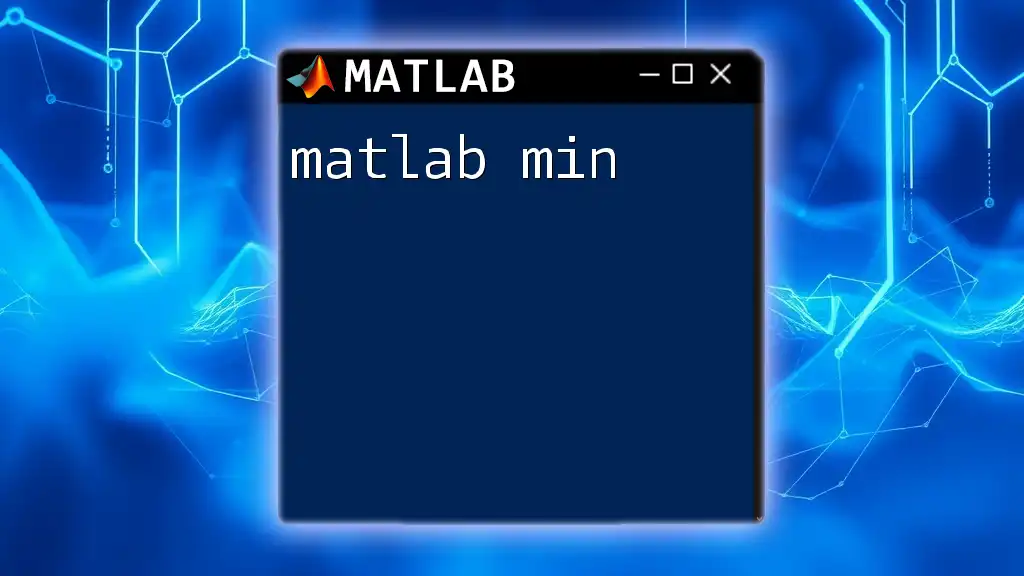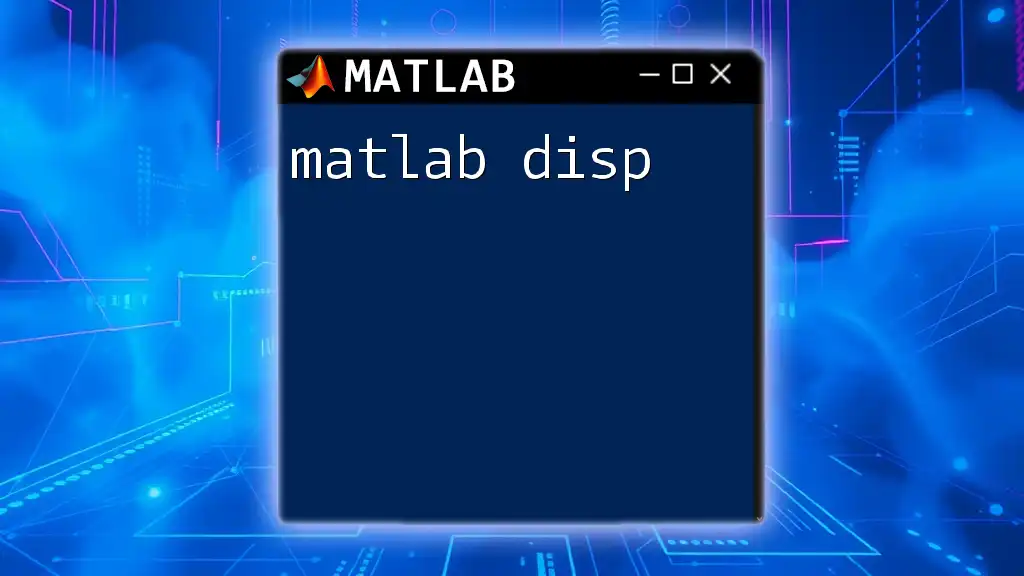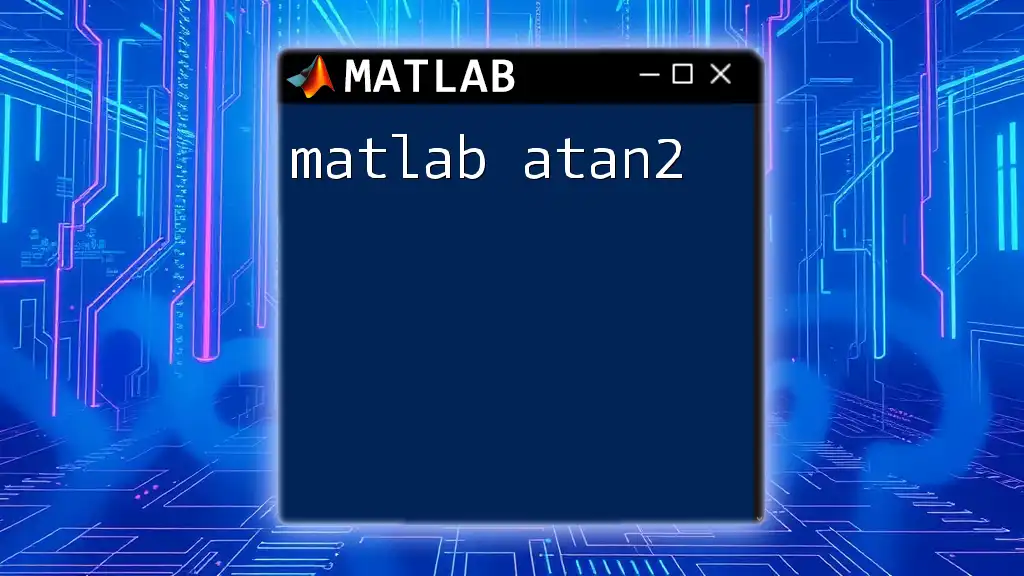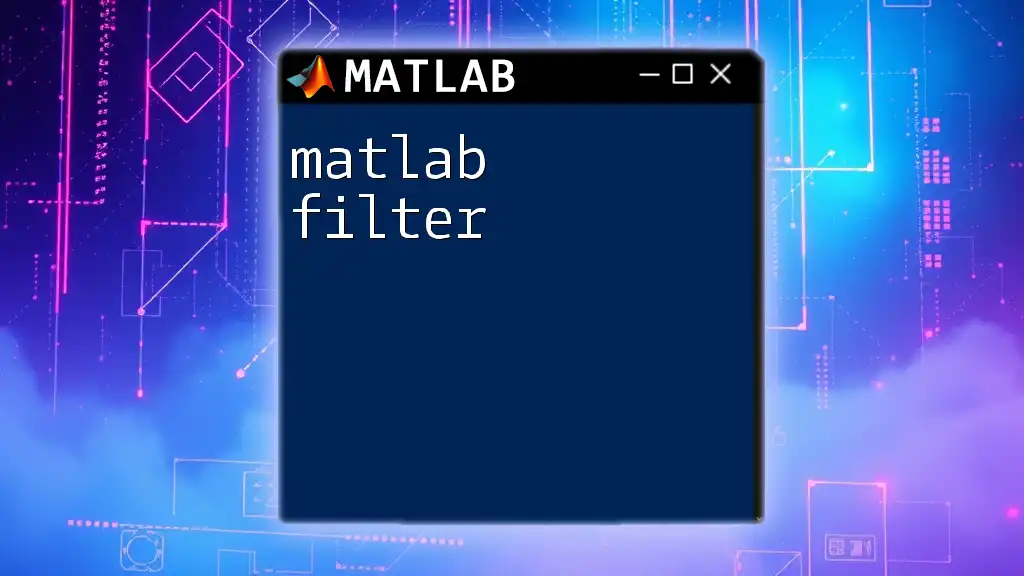MATLAB AI refers to the integration of artificial intelligence capabilities within the MATLAB environment, enabling users to implement machine learning algorithms and neural networks efficiently.
Here’s a simple example of using MATLAB to create a basic neural network for classification:
% Create and train a feedforward neural network
inputs = [0 0 1 1; 0 1 0 1]; % Input data for XOR
targets = [0 1 1 0]; % Output data for XOR
net = feedforwardnet(2); % Create a network with 2 hidden neurons
net = train(net, inputs, targets); % Train the network
Understanding Artificial Intelligence
Artificial Intelligence (AI) is a field of computer science focused on creating systems that can perform tasks typically requiring human intelligence. This encompasses a wide range of activities, including reasoning, learning, problem-solving, understanding natural language, and perceiving the environment.
Key Components of AI
-
Machine Learning: This involves algorithms that enable computers to learn from data. The more data they process, the better their predictions become.
-
Deep Learning: A subset of machine learning, deep learning uses layered structures called neural networks to analyze various levels of data abstraction, making it especially effective for complex tasks.
-
Natural Language Processing (NLP): This area focuses on the interaction between computers and humans through natural language. NLP enables machines to read, interpret, and manipulate human language in a valuable way.
-
Computer Vision: This involves enabling machines to interpret and make decisions based on visual data from the world. It can include tasks like image classification, object detection, and scene segmentation.

Getting Started with MATLAB for AI
Installing MATLAB
To harness the power of MATLAB for AI, the first step is to install the software. MATLAB provides an interactive environment for modeling, simulation, and implementing algorithms. Simply download it from the official MathWorks website and follow the installation instructions tailored for your operating system.
MATLAB Toolboxes for AI
Several toolboxes enhance MATLAB's capabilities for AI:
-
Statistics and Machine Learning Toolbox: This toolbox offers functions and apps for analyzing data and building predictive models. It includes tools for regression analysis, classification, clustering, and more.
-
Deep Learning Toolbox: Specialized for designing and implementing neural networks, this toolbox provides pre-trained models and tools for image and text processing.
-
Computer Vision Toolbox: This toolbox contains algorithms and tools for image processing, computer vision, and video analysis, facilitating the creation of applications that require visual data processing.

Core MATLAB Commands for AI
Basic MATLAB Commands and Syntax
Familiarizing yourself with MATLAB’s syntax is essential. Common commands include variable declarations, the use of arrays, and basic functions.
Data Preparation in MATLAB
Data preparation serves as a vital step in building AI models. Properly formatted and cleaned data yields better-performing models. Here’s how to get started:
Example: Loading and Analyzing Datasets
You can easily read data files in various formats. Here’s a simple way to load a dataset from a CSV file:
data = readtable('data.csv'); % Load dataset
summary(data) % Quick summary of dataset
The `readtable` function allows you to import data, while `summary` helps in visualizing data distribution and missing values, essential for making informed data-cleaning decisions.
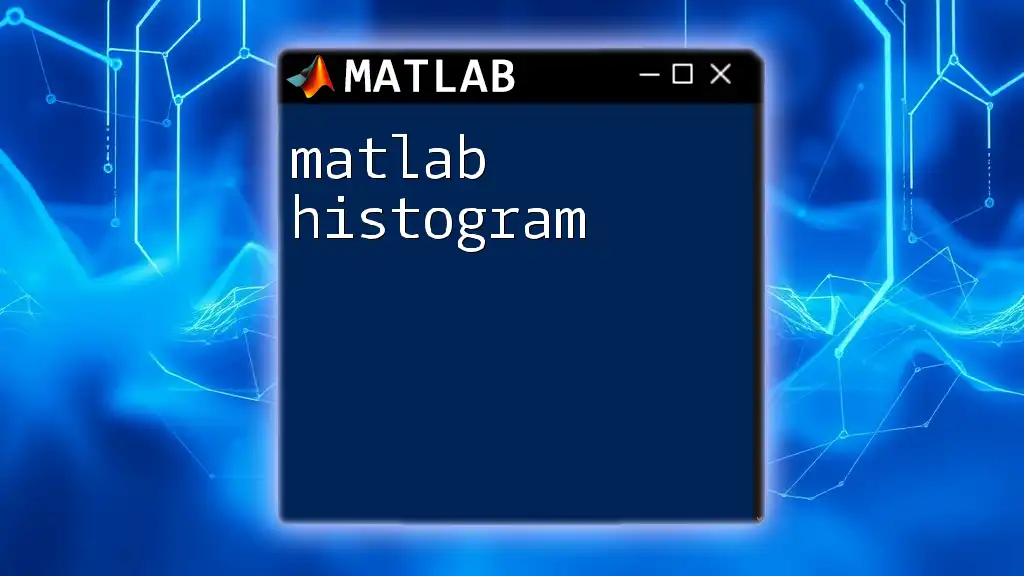
Building Machine Learning Models
Types of Machine Learning Algorithms
Understanding the different machine learning algorithms is crucial:
-
Supervised Learning: This involves training a model on known data, where the input-output mapping is provided.
-
Unsupervised Learning: Here, the model learns patterns and relationships from data without labeled responses, aiding in clustering and anomaly detection.
-
Reinforcement Learning: In this paradigm, models learn through trial and error, with feedback from their actions guiding the learning process.
Creating a Simple Classification Model
To demonstrate applying machine learning in MATLAB, let's build a basic classification model using the `fitctree` function, which constructs a decision tree classifier.
Example:
mdl = fitctree(data, 'ClassLabel'); % Example model
Here, `data` represents your prepared dataset, and `'ClassLabel'` is the target variable. Following the creation of the model, evaluate its performance using holdout validation or cross-validation.
Evaluating Model Performance
Assessing how well your model performs is key. One effective method is using confusion matrices to visualize prediction accuracy. Here’s how you can generate one:
Example:
cm = confusionchart(testLabels, predictedLabels);
This command produces a chart that compares actual versus predicted labels, helping you identify areas for model improvement.

Deep Learning in MATLAB
What is Deep Learning?
Deep learning, which involves neural networks with many hidden layers, is particularly adept at handling vast amounts of unstructured data. Unlike traditional machine learning, deep learning models can automatically identify features, making them suitable for tasks like image recognition and natural language processing.
Creating a Neural Network Model
You can create a simple neural network model in MATLAB using predefined layers. Here’s an example of a feedforward neural network structure:
layers = [ ...
featureInputLayer(10)
fullyConnectedLayer(4)
reluLayer
classificationLayer];
options = trainingOptions('adam', 'MaxEpochs', 10, 'Verbose', false);
net = trainNetwork(trainData, layers, options);
In this code, you define the network architecture, specify training options such as the optimization algorithm and epoch count, then train the network with your data.
Training and Validation
Properly validating your model is crucial. Always split your data into training, validation, and test sets to ensure your model generalizes well to unseen data. Adjust training parameters as required based on validation performance.

Natural Language Processing with MATLAB
Overview of NLP in AI
NLP is increasingly relevant in AI applications, enabling systems to understand and generate human language. Tasks often include sentiment analysis, translation, text classification, and more.
Text Processing in MATLAB
MATLAB simplifies text processing with built-in functions. For instance, tokenizing text allows you to break down sentences into manageable components:
Example:
text = "MATLAB is great for AI development!";
tokens = tokenizedDocument(text);
This command processes the text for further analysis, such as creating word clouds or conducting sentiment analysis.
Sentiment Analysis
Building a sentiment analysis model can provide insights into public opinion or customer feedback. You can either employ pre-trained models available in MATLAB or construct your own with custom data.

Computer Vision with MATLAB
Introduction to Computer Vision
Computer vision plays a pivotal role in AI, allowing systems to derive meaningful information from images and videos. Applications range from autonomous vehicles to medical image analysis.
Image Processing and Analysis
MATLAB offers tools for effective image manipulation and analysis. Here’s an example demonstrating basic image functions, like converting a colored image to grayscale:
Example:
img = imread('image.jpg');
grayImg = rgb2gray(img); % Convert to grayscale
This conversion allows for easier analysis and processing, particularly for tasks like edge detection or feature extraction.
Object Detection and Recognition
Building models for object detection is quite straightforward in MATLAB. Utilizing functions like `vision.CascadeObjectDetector`, you can identify objects in images:
Example:
detector = vision.CascadeObjectDetector();
bbox = step(detector, grayImg); % Detect objects
This example detects objects in the grayscale image and provides bounding box coordinates for identified items, enabling further processing or classification.
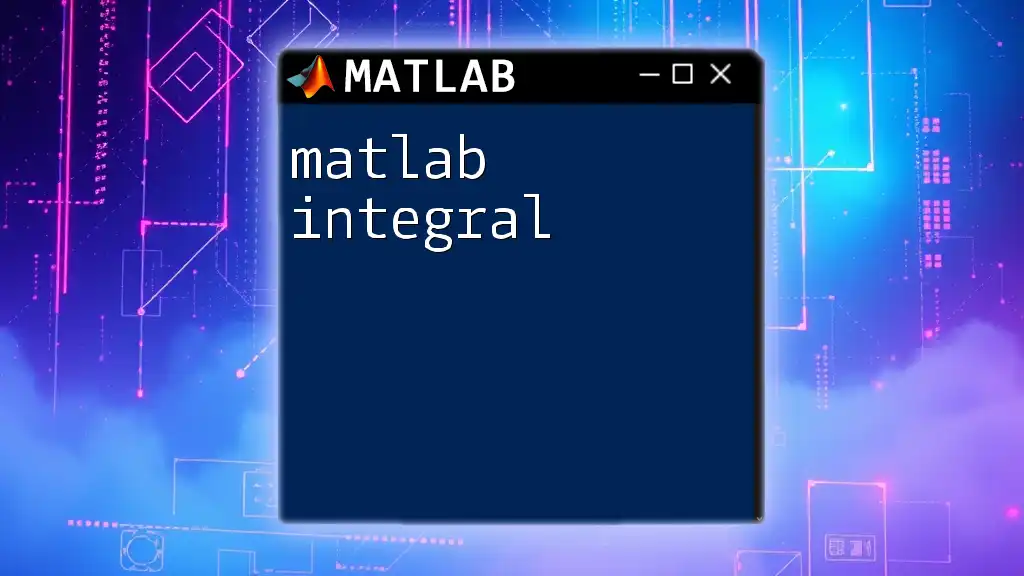
Advanced Topics and Future Directions
Integrating AI with Other Technologies
MATLAB's flexibility allows you to integrate AI models with Internet of Things (IoT) devices, web services, and mobile applications. This capability opens up new possibilities for real-time data processing and decision-making.
Leveraging Cloud Services
For scalable AI solutions, consider using MATLAB in the cloud. This transition enables you to handle extensive data requirements and leverage the processing power provided by cloud platforms.
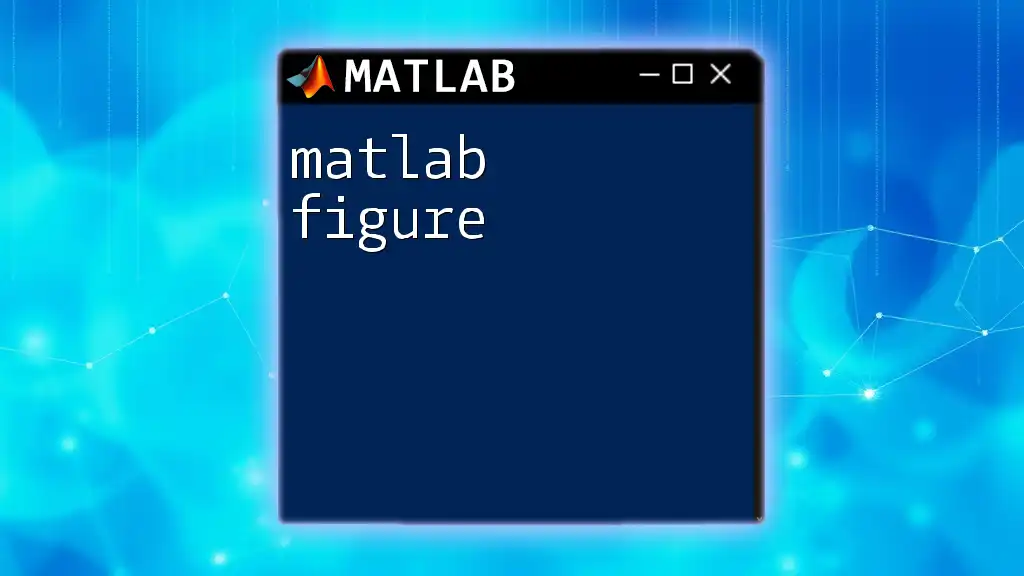
Conclusion
In summary, this guide has outlined the fundamental aspects of leveraging MATLAB for AI, covering essential components from machine learning to natural language processing and computer vision. MATLAB's rich ecosystem of toolboxes and commands equips you to develop sophisticated AI models efficiently. Engaging with these resources opens new avenues for innovation, whether in research or applied projects. Embrace the journey of learning about "MATLAB AI," and continue exploring its vast potential!

